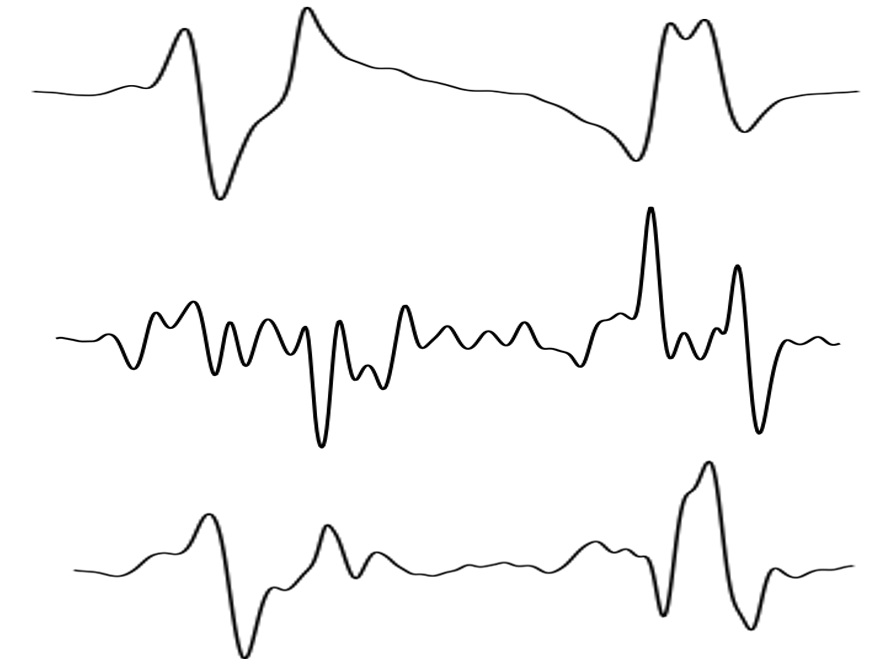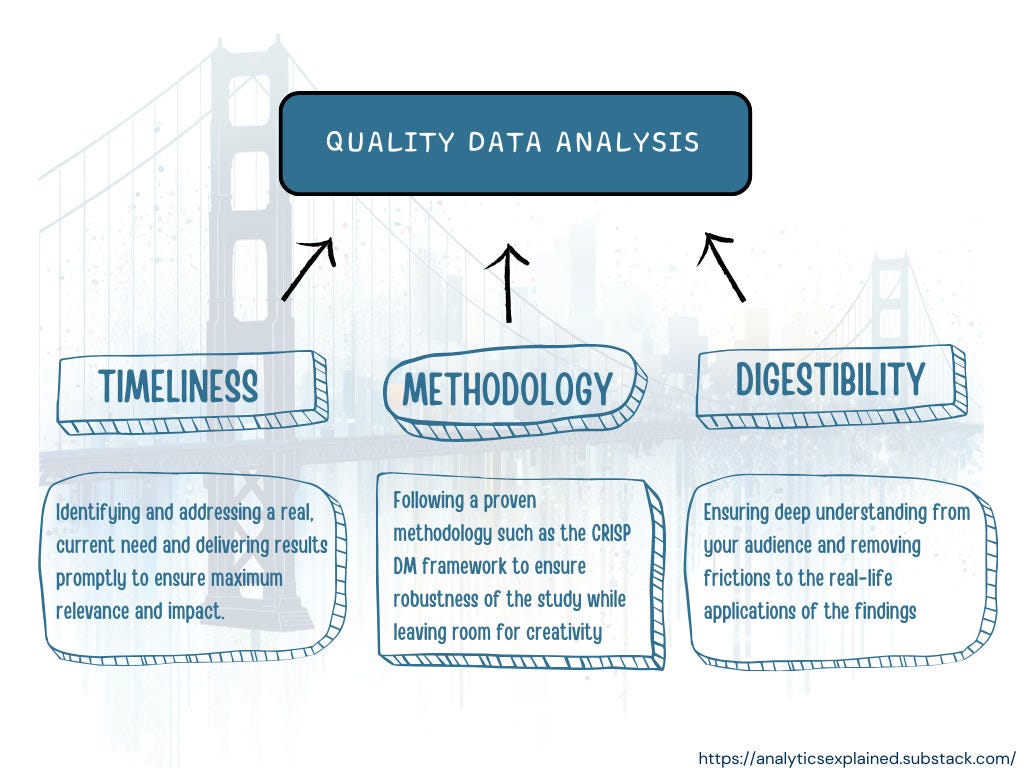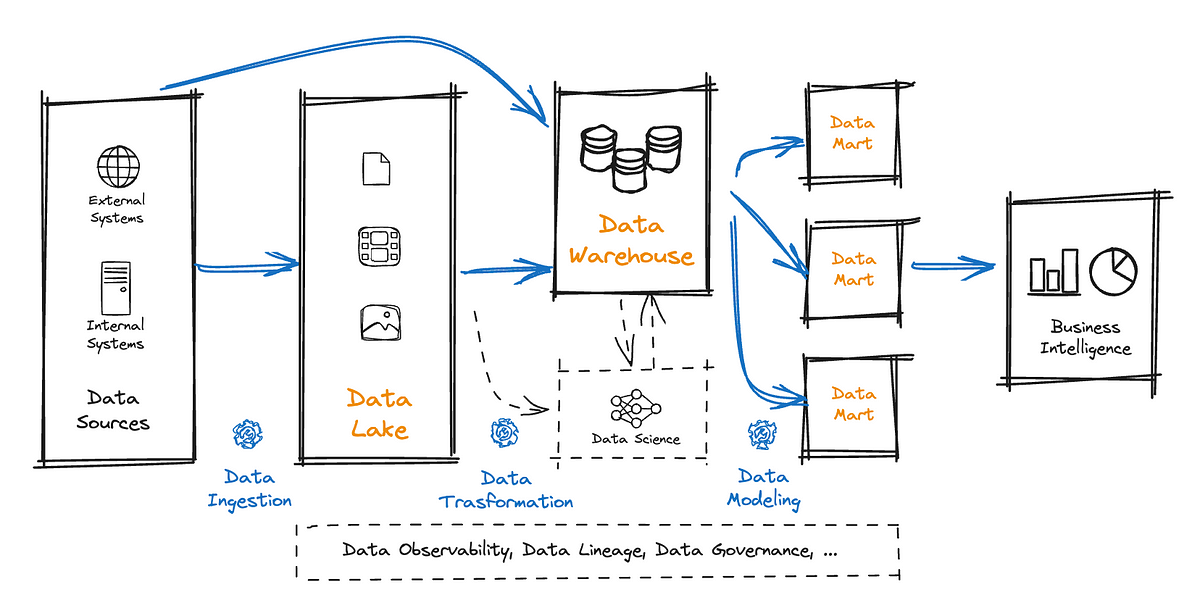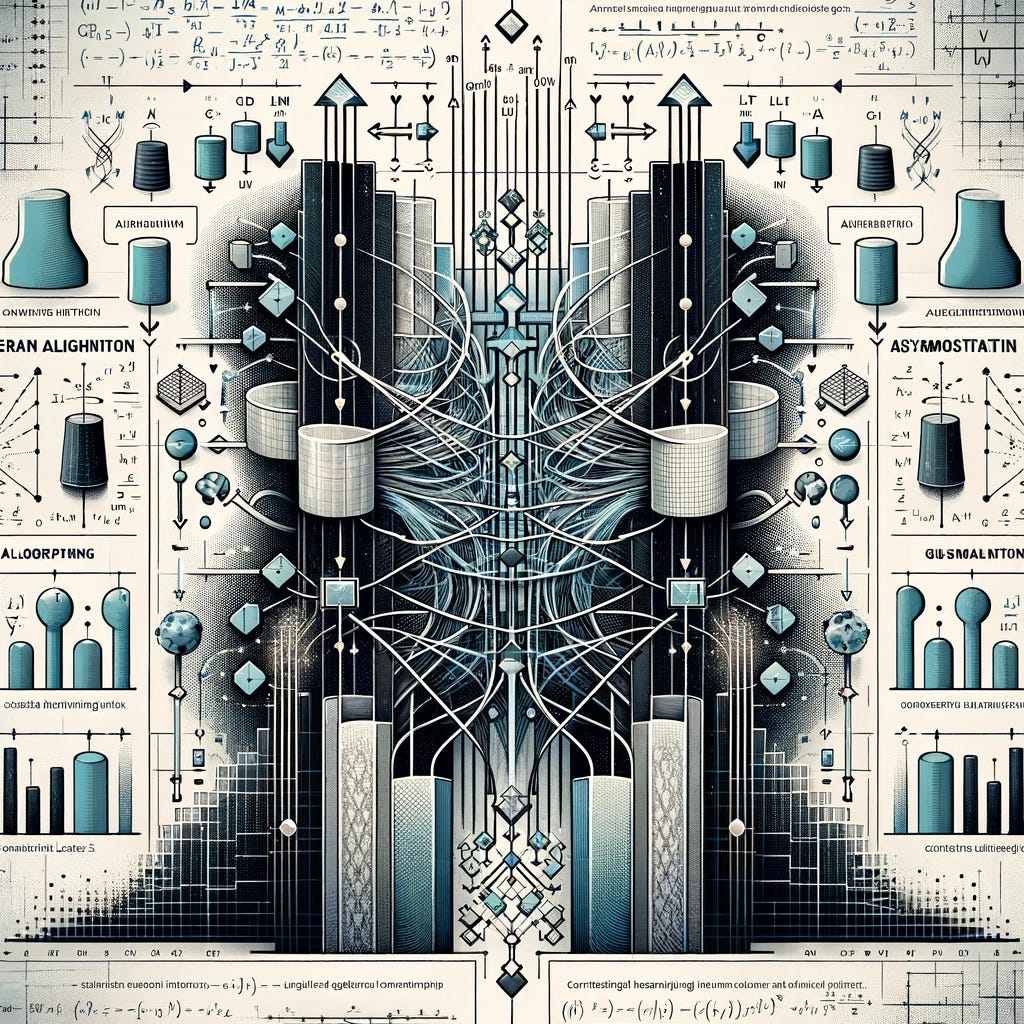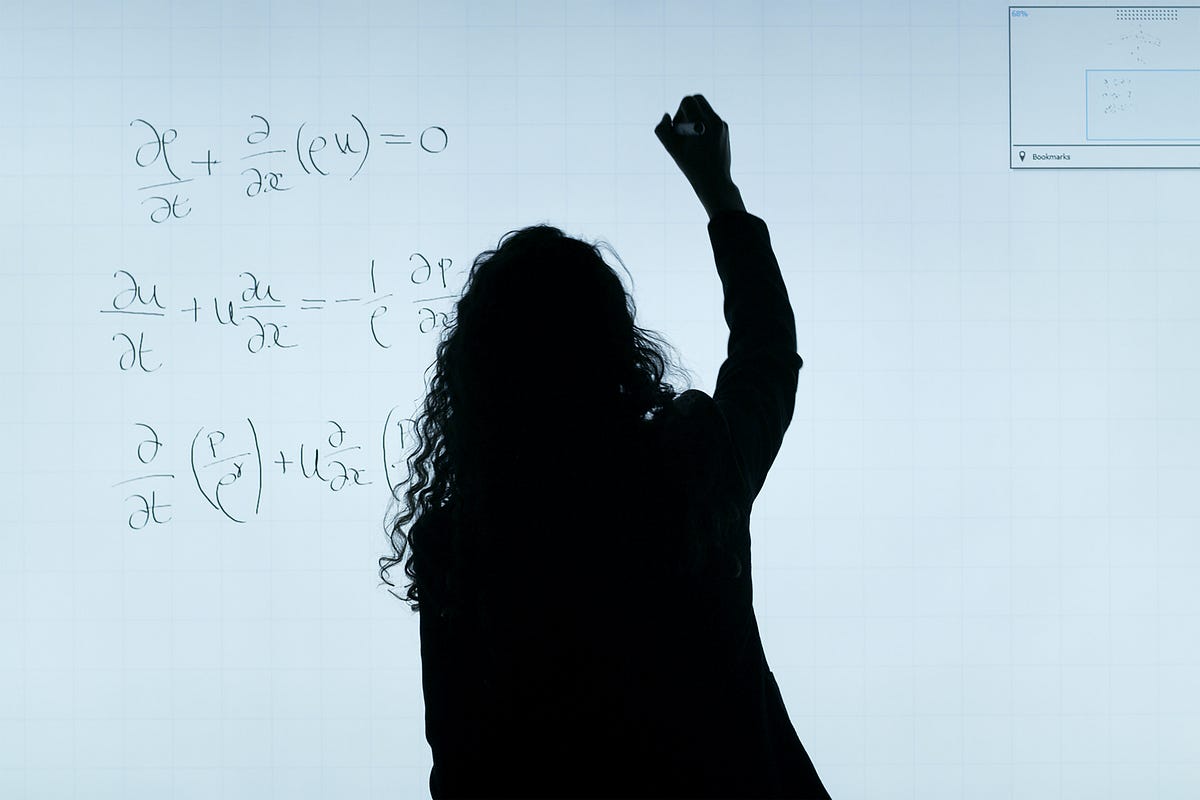A step-by-step walkthrough of inter-participant and intra-participant classification performed on wearable sensor data of runners Image by authorRunning data collected using wearable sensors can provide insights about a runner’s performance and overall technique. The data that comes from these sensors are usually time series by nature. This tutorial runs through a fatigue detection task where…
